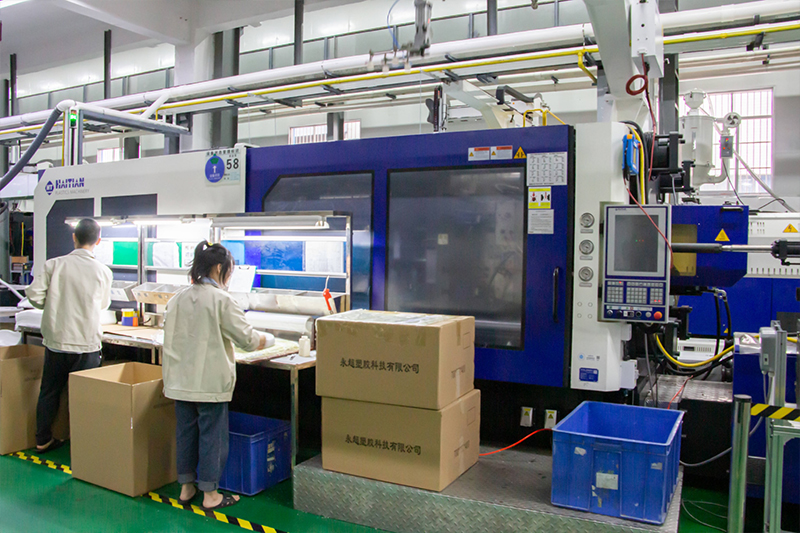What are the causes of crack analysis of injection parts?
There can be many reasons for the cracking of injection parts, and the following 9 are common main reasons:
(1) Excessive injection pressure: excessive injection pressure may lead to uneven flow of plastic in the mold, forming local stress concentration, which leads to cracking of injection parts.
(2) The injection speed is too fast: the injection speed is too fast so that the plastic is quickly filled in the mold, but the cooling speed is too fast, resulting in the temperature difference between the internal and external parts of the injection molding is too large, and then cracking.
(3) Plastic stress: the plastic will shrink during the cooling process, and if the plastic is removed without sufficient cooling, it will crack due to the existence of internal stress.
(4) Unreasonable mold design: Unreasonable mold design, such as improper flow channel and feed port design, affects the flow and filling of plastics in the mold, and easily leads to cracking of injection parts.
(5) Plastic material problems: If the quality of plastic materials used is not good, such as impact resistance, toughness and other poor properties, it is also easy to lead to cracking of injection parts.
(6) Improper control of mold temperature and cooling time: If the mold temperature and cooling time are not properly controlled, it will affect the cooling and curing process of the plastic in the mold, and then affect the strength and quality of the injection parts, resulting in cracking.
(7) Uneven force during demoulding: If the injection part is subjected to uneven force during demoulding, such as the improper position of the ejecting rod or the ejecting speed is too fast, it will cause the injection part to crack.
(8) Mold wear: the mold will gradually wear during use, such as scratches, grooves and other damage, which will affect the flow and filling of the plastic in the mold, leading to cracking of the injection parts.
(9) Insufficient injection amount: If the injection amount is insufficient, it will lead to insufficient thickness of the injection parts or defects such as bubbles, which will also lead to cracking of the injection parts.
In order to solve the problem of cracking of injection parts, it is necessary to analyze and adjust according to the specific situation, including optimizing injection parameters, adjusting mold design, replacing plastic materials and other measures. At the same time, strict quality control and testing are also required to ensure that the molded parts produced meet the requirements.
Post time: Dec-22-2023





